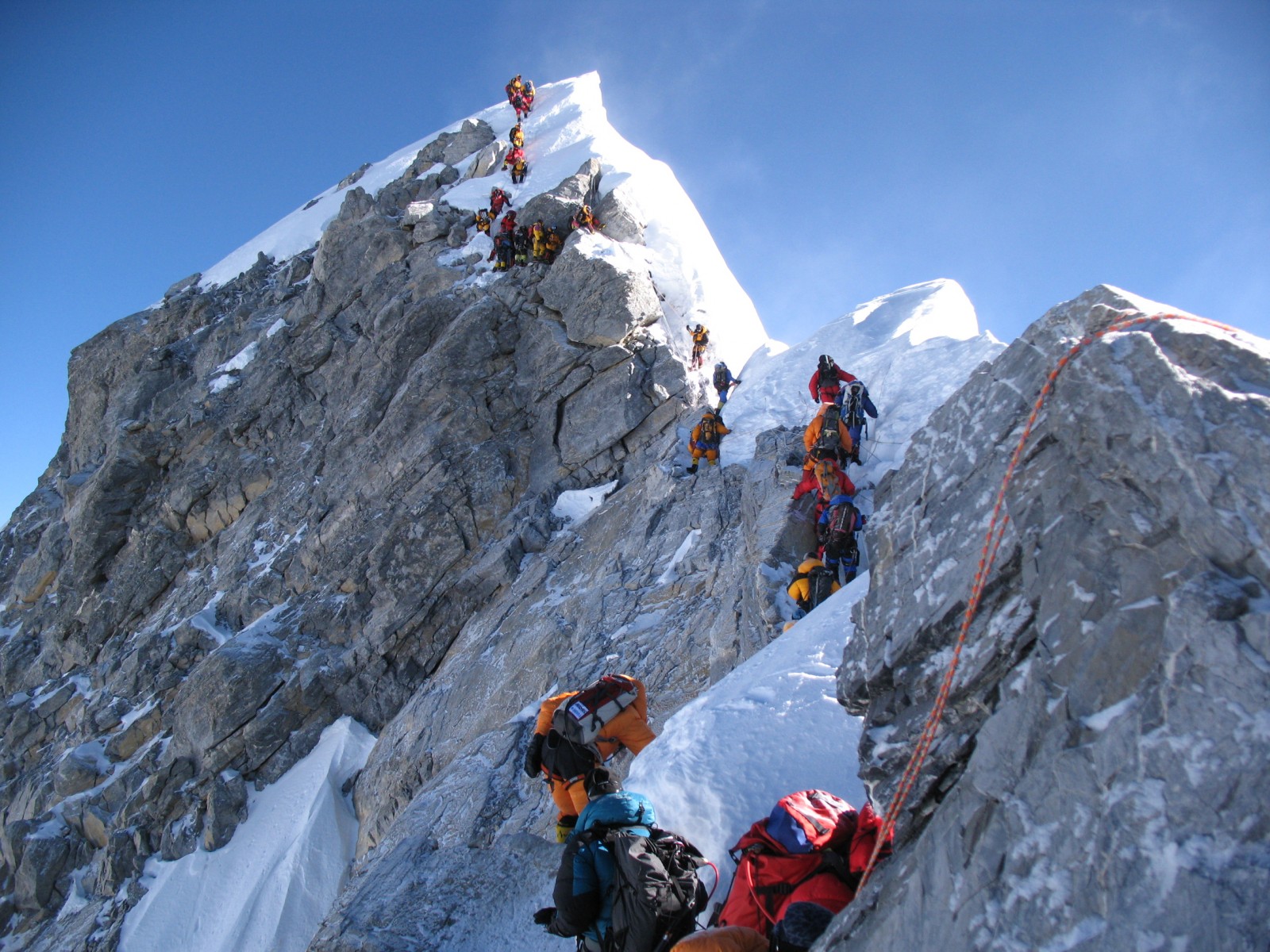
Photo: smithsonianmag
Located in the Great Himalayas lying on the border of Nepal and Tibet sits quite literally the top of the world. I’m of course referring to the great Mount Everest with its peak reaching 29,035 feet above sea level. That is quite close to the cruising altitude of the standard commercial airliner and needless to say, human beings are not designed to survive up there.

Photo: cntraveler
Not only is it cold, but it’s cold and a whole new level that most people can’t even fathom. But that’s not even the worst part. Most of us learned in school a that the higher you get above sea level, the thinner the air gets. If you’ve ever spent time in the southern United States and then gone on vacation up to Utah or Colorado where you can get up above 10,000 feet fairly easily you’ll know exactly what I mean. It’s much harder to breathe because, by definition, there is less air to breathe in.
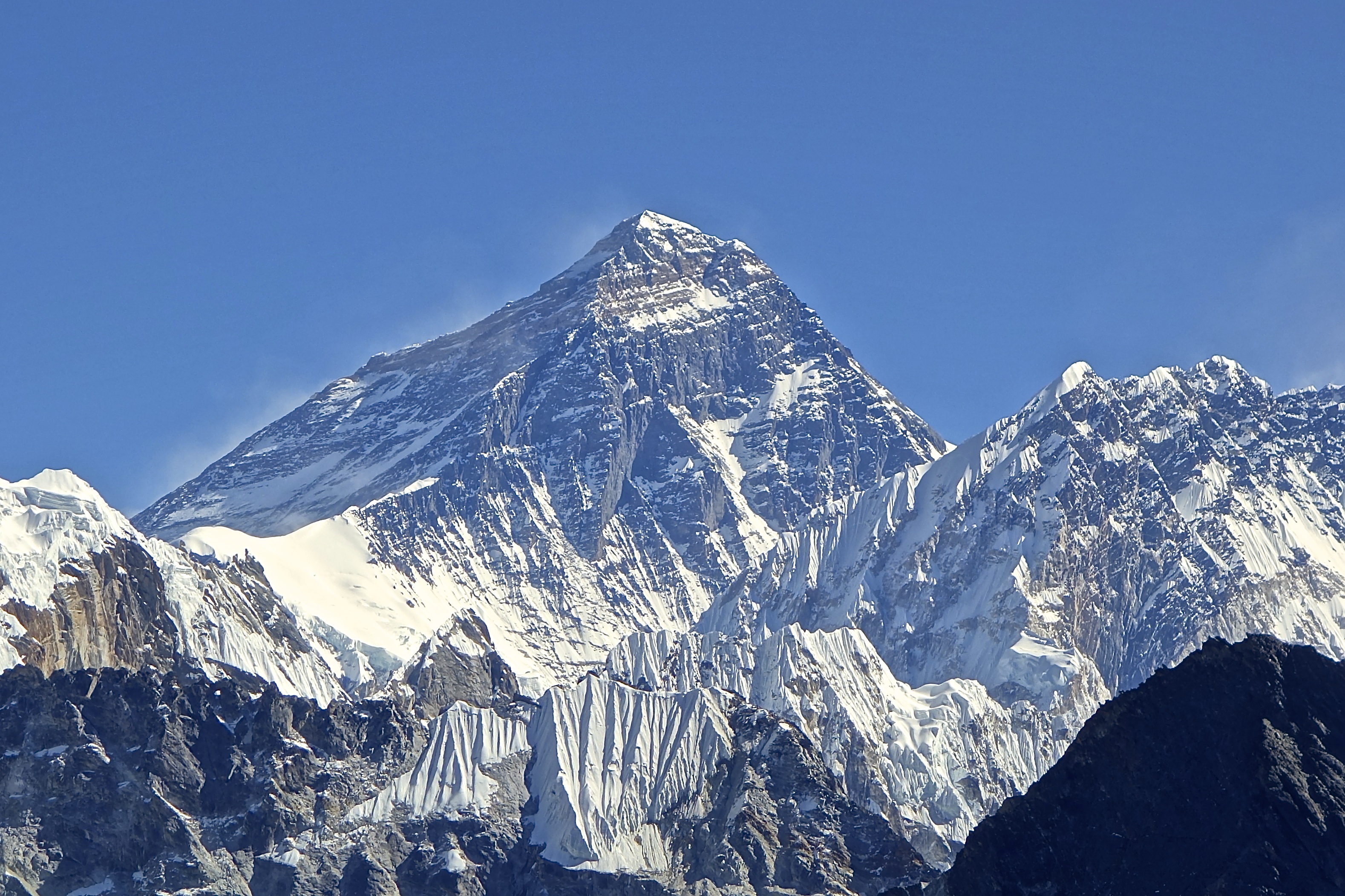
Photo: wiki
Now that’s just under a third of the height we are talking about with Everest, but I’d be willing to bet it’s much worse than three times as difficult to breathe. For most people to even have a chance at reaching the summit of Everest they will need the use of oxygen. So not only are you hiking up the tallest mountain in the world, but you’re doing it with an oxygen tank strapped to your back.
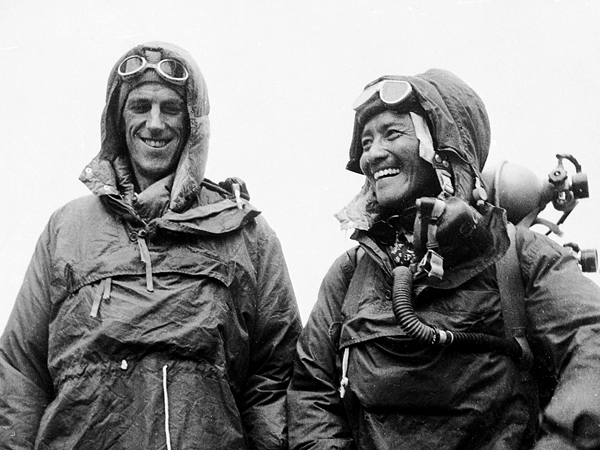
Edmund Hillary (left), Tenzing Norgay (right)
Photo: nationalgeographic
There have been many recorded attempts on reaching the summit of Everest dating back to as early as 1921. But it wasn’t until May 29th, 1953 that someone actually made it to the top. It was actually two men, Edmund Hillary, who is native to New Zealand, and his trusted Sherpa, Tenzing Norgay. A Sherpa is someone who is native to the Himalayas and are usually used as guides, or in a sense a “pack mule” because they are commonly known for not only their strength but their ability to endure the extreme altitudes. The Sherpas have played a major part in Himalayan exploration and mountaineering over the years. Attempting to make the climb without one is unheard of.
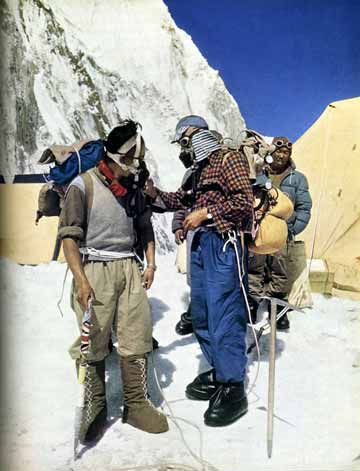
Said to taken just before the two men started their final ascent to reach the summit
Photo: mountainsoftravelphotos
When making their final ascent to the summit Hillary and Norgay had apparently got caught up in a storm that forced them to stop and spend the night at over 27,000 feet. But the following day the two men were able to continue climbing where they would eventually reach the summit on May 29, 1953.
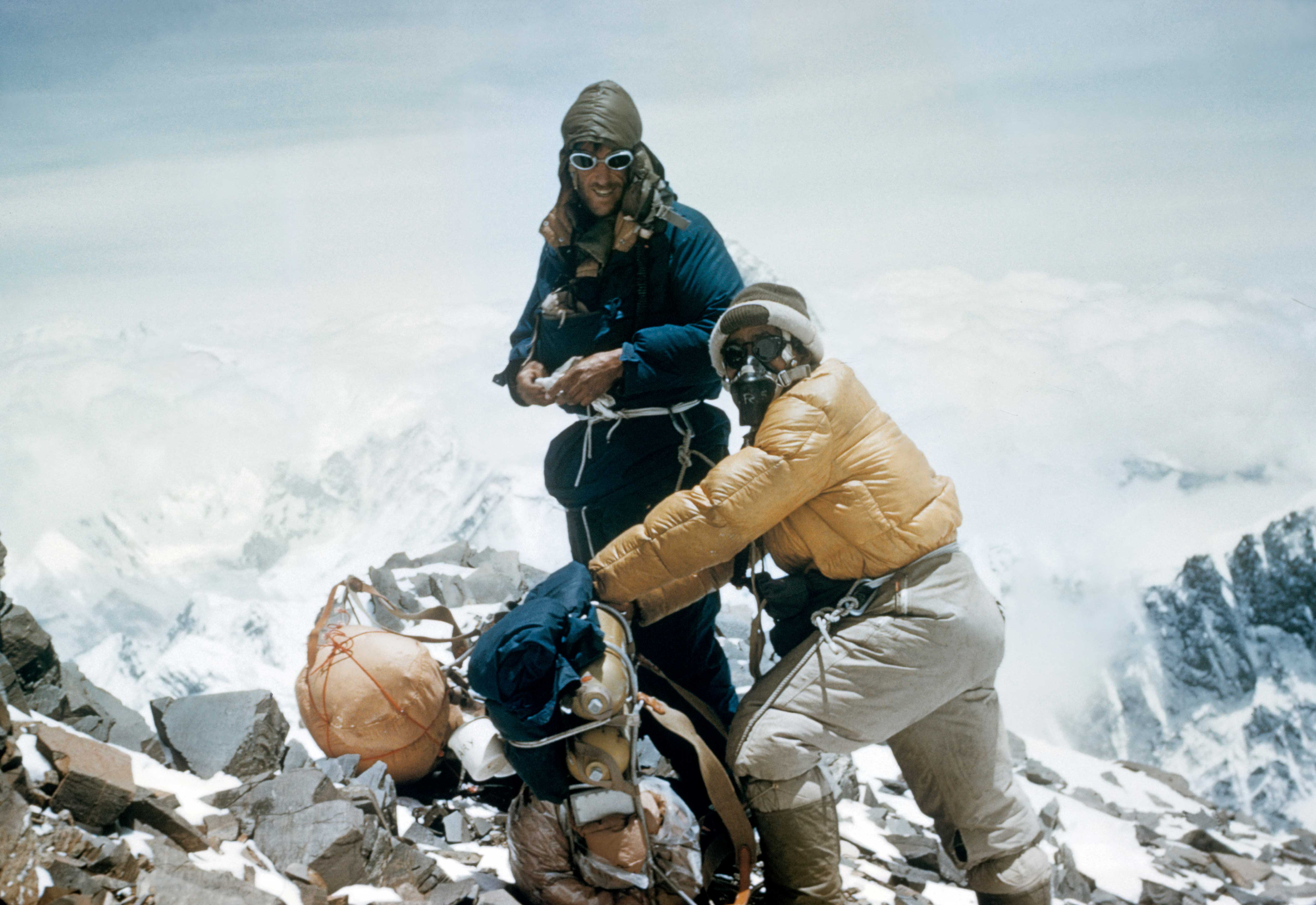
Photo: imgur
The very last part of the climb was a steep, icy, rocky cliff that stood roughly 40 feet high that had prevented many previous climbers to from reaching the very top of the mountain. However, Edmund Hillary was bound and determined to make it to the top. According to reports he wedged himself into a crack and inched his way up the steep slope eventually reaching the top after about an hour. He then threw down a rope to his Sherpa, Norgay, that had been watching down below. This section has since been referred to as the “Hillary Step” and its’ considered to be almost impossible to climb without the assistance of fixed ropes that are now permanently there for prospective climbers to use.

Another angle of the Hillary Step.
Photo: nationalgeographic
In 1953 news didn’t travel quite as fast as it does now in the modern world. It was June 1st before word got back to London about the two men successfully reaching the top of Everest This came at a great time because it was the day before Queen Elizabeth II’s coronation ceremony. Many people felt this was a good omen for the future of Great Britain. Later that year Edmund Hillary became Sir Edmund Hillary after being knighted by the Queen for his momentous achievement. The only reason Tenzing Norgay wasn’t knighted was because he wasn’t a citizen of Great Britain. So instead he was awarded the British Empire medal which still was a great honor.
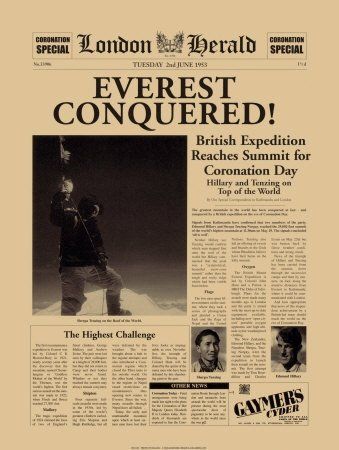
Photo: pinterest


